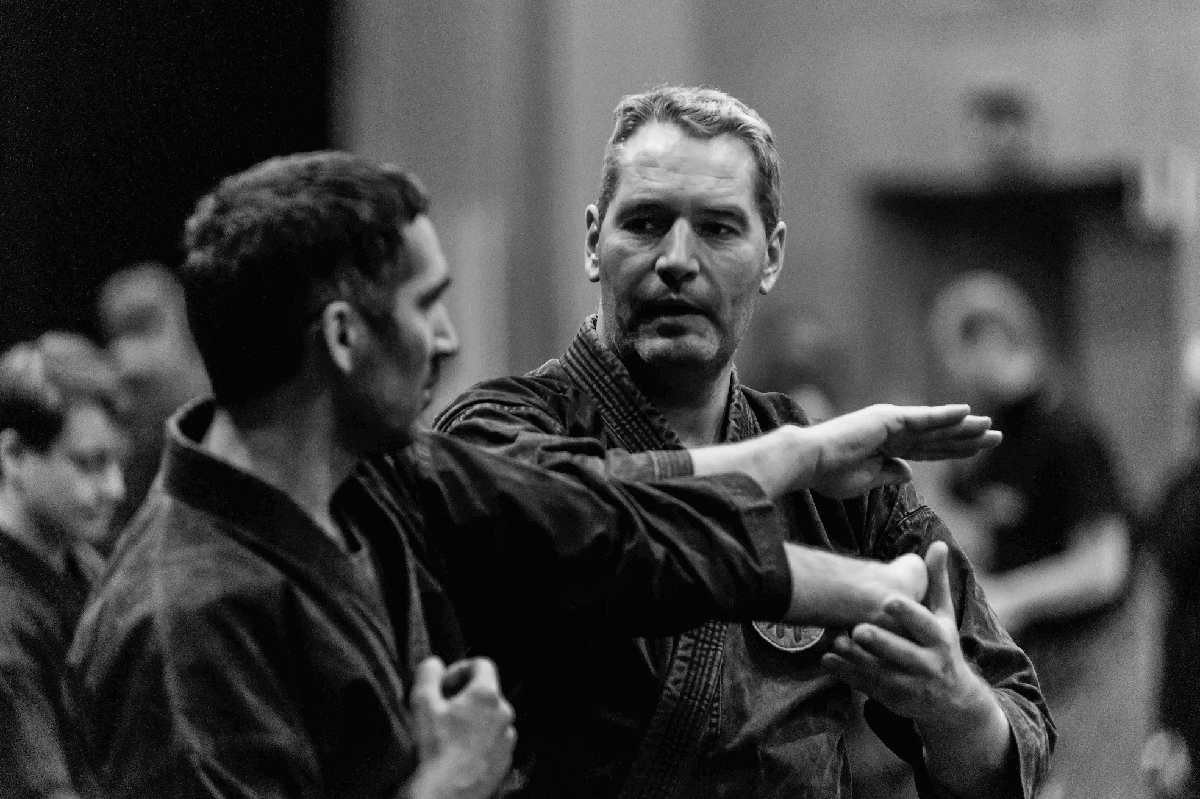
Objective
This blog is for martial arts enthusiasts, self-defense learners, and those curious about traditional Japanese combat systems. The goal is to answer common questions about Bujinkan, compare it with other martial arts, and provide insights into its effectiveness. We’ll explore rank structure, training benefits, differences from other martial arts, and practical self-defense applications.
What is Bujinkan?
Bujinkan is a Japanese martial arts organization founded by Masaaki Hatsumi. It is known for teaching the art of ninjutsu and traditional samurai combat techniques. Unlike modern combat sports, Bujinkan emphasizes self-defense, survival tactics, and adaptability in real-life situations.
The History Behind Bujinkan
- Founded by Masaaki Hatsumi in the 1970s
- Derived from nine traditional samurai and ninja schools
- Focuses on armed and unarmed combat techniques
- Blends elements of judo, jujutsu, ninjutsu, and traditional Japanese weaponry
Bujinkan Ranking System: What Are the Ranks?
Bujinkan follows a unique ranking system that differs from modern martial arts like Taekwondo or Karate. The ranking system is divided into:
1. Kyu Ranks (Beginner Levels)
- Students start at 10th Kyu and progress to 1st Kyu
- No belt colors—ranking is based on skill development
2. Dan Ranks (Black Belt Levels)
- After 1st Kyu, students earn 1st Dan (Shodan)
- Dan levels progress from 1st to 15th Dan
- Higher ranks focus on philosophy, leadership, and strategy
3. Special Titles in Bujinkan
- Shidoshi (Instructor Rank) – Earned at 5th Dan
- Shihan (Master Rank) – Usually awarded at 10th Dan
- Dai-Shihan (Senior Master) – Recognized as a senior expert in the art
Is Bujinkan Good for Self-Defense?
Yes! Unlike sport-based martial arts, Bujinkan focuses on real-world self-defense. It teaches techniques for surviving unpredictable and dangerous situations.
Self-Defense Benefits of Bujinkan
✅ Effective Against Multiple Attackers – Techniques work against real-world threats
✅ Adaptable to Any Situation – Uses leverage, angles, and counters rather than brute force
✅ Weapon Defense Training – Learn how to defend against knives, sticks, and even firearms
✅ Ground Fighting & Escape Techniques – Practical for real-life confrontations
Unlike traditional dojo sparring, Bujinkan trains students to react naturally and unpredictably in self-defense scenarios.
Bujinkan vs. Other Martial Arts: Key Differences
Many people wonder how Bujinkan compares to martial arts like Taekwondo, Judo, and Ninjutsu. Let’s break it down:
1. Bujinkan vs. Taekwondo
| Feature | Bujinkan | Taekwondo |
|---|---|---|
| Focus | Self-defense & survival | Sport & competitive fighting |
| Techniques | Grappling, weapons, stealth | High kicks, fast strikes |
| Real-World Use | Very practical | Limited for self-defense |
2. Bujinkan vs. Judo
| Feature | Bujinkan | Judo |
|---|---|---|
| Focus | Traditional combat | Throws & ground control |
| Striking | Yes (punches, kicks) | No striking |
| Weapon Training | Yes | No |
3. Bujinkan vs. Ninjutsu
Bujinkan includes ninjutsu as part of its training, but also teaches samurai techniques. Ninjutsu alone focuses more on stealth, intelligence gathering, and unconventional combat.
FAQs About Bujinkan
1. What rank is the highest in Bujinkan?
The highest rank in Bujinkan is 15th Dan, with the title Dai-Shihan.
2. Is Bujinkan effective for real fights?
Yes. Bujinkan teaches practical self-defense skills, especially against armed attackers and real-life threats.
3. Do you need to be strong or fit to learn Bujinkan?
No. Bujinkan focuses on technique over strength, making it accessible to all ages and body types.
4. Can you learn Bujinkan online?
While online resources exist, Bujinkan training is best done in person with a certified instructor.
5. Is Bujinkan good for children?
Yes, but many dojos focus on adult training due to the complexity of techniques.
Tips & Tricks for Learning Bujinkan
✅ Focus on Natural Movement – Don’t rely on memorized techniques; learn to adapt
✅ Train with Different Partners – This helps improve reaction time and adaptability
✅ Learn Weapon Defense – Understanding traditional weapons enhances self-defense skills
✅ Stay Relaxed – Tension slows reaction time; fluidity is key in Bujinkan techniques
✅ Be Patient – Mastery takes time, but consistent training leads to real results
Conclusion: Should You Learn Bujinkan?
Bujinkan is an excellent choice for those seeking practical self-defense, historical combat knowledge, and a deep martial arts philosophy. Unlike sport-based martial arts, it focuses on real-world survival and adaptable techniques.
If you are looking for an authentic and highly effective martial art, Bujinkan is worth exploring. Whether for self-defense, personal development, or historical interest, its teachings provide valuable life skills and combat training.






